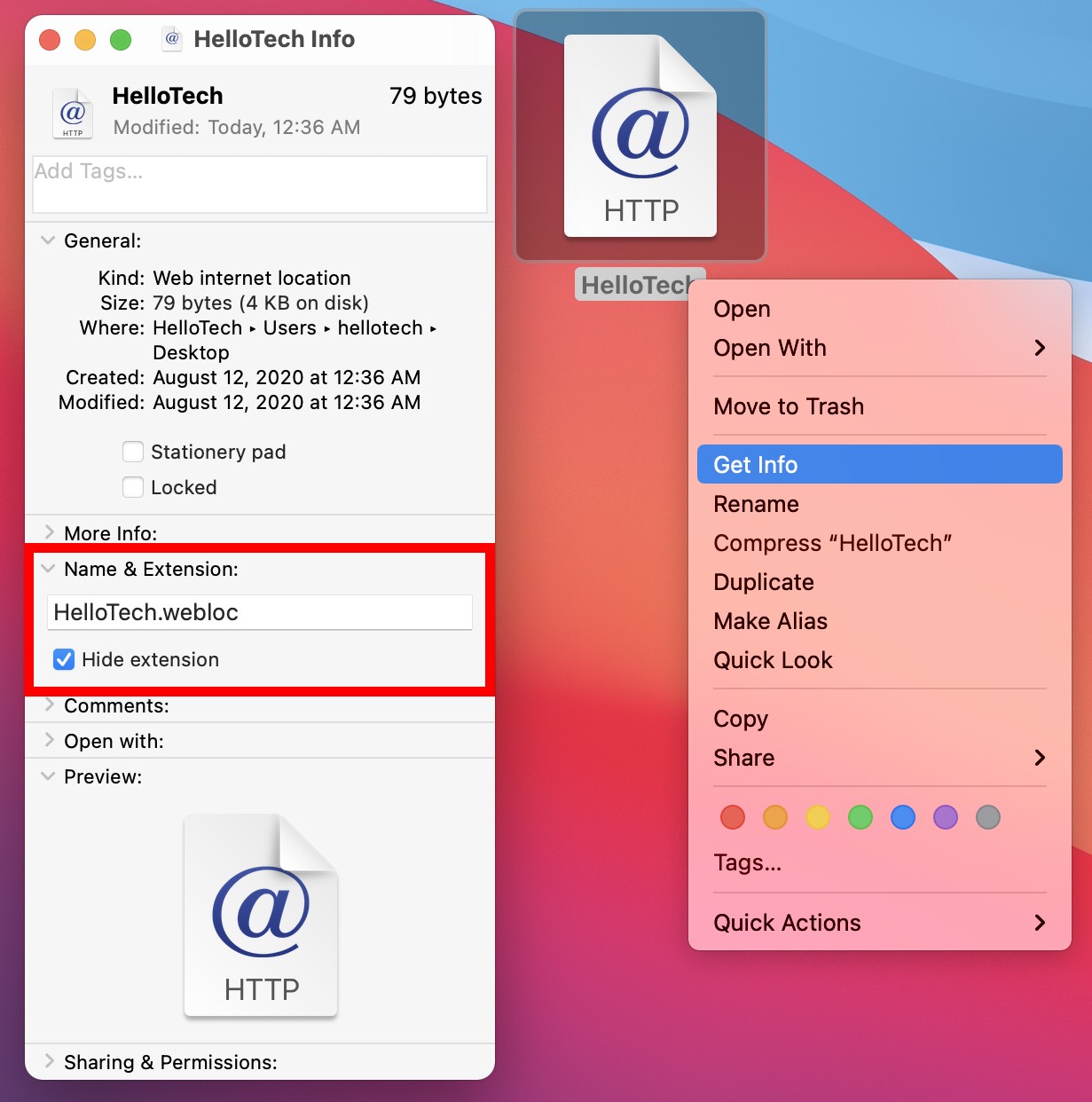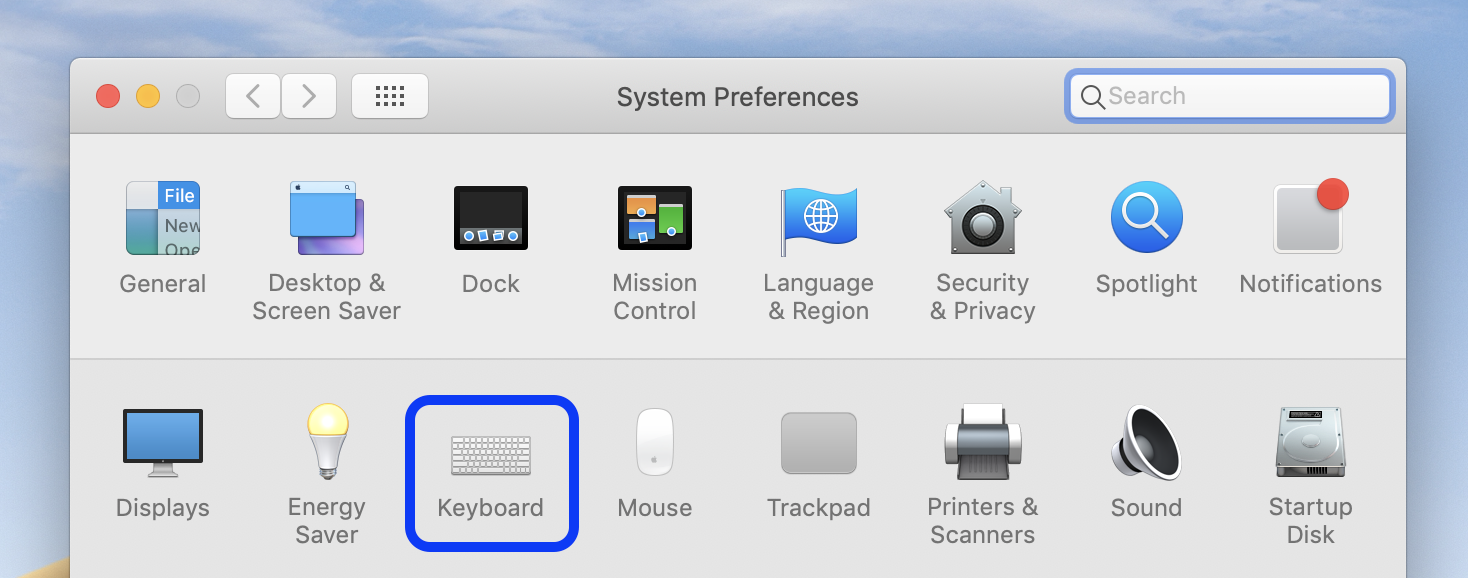
At the same time, the Automator app is very hard to use and very limited in functionality. Or you can create a new Voice command by using Dictation and Automator. People used Automator to automate some routine tasks.įor instance, some people use it to rename files in folders with hundreds of files.
Create file shortcut on mac desktop mac os#
The Automator app is a very old one and was in mac OS (or OS X) for a long time. Ideally, we prefer a solution which does not require remembering UNIX commands with the flexibility of having creating files from the current Finder folder.įortunately, there is such an option – using the Automator app. The first option requires to browse to the folder each time when a new file is created, the second option requires using a Terminal app which most users are not very comfortable with.īesides, there is always a risk to forget the touch command for someone who creates new files occasionally. Use Automator App to Create a New File on Macīoth options we reviewed so far have issues.

There are other apps that can create new file on Mac. Now you can right click on the file and either click Open which will open the file with TextEdit application or select Open With option. Click on New Terminal at Folder, the option we just enabled in System Preferences.Ī new Terminal window will open with the current folder set to the one you had selected in the Finder app.įor instance, if I want to create a file called MyTextFile.txt I should type: This option includes different commands available for the current folder. The context menu will include Services option at the bottom.

If you click on the dropdown next to Where label it will provide a list of different locations including Favorites and Recent folders. Now make sure that the file will be saved in the correct folder by checking Where section. To save the document either press Command-S or go to the app menu, select File and then Save.įirst, change the name of the file from Untitled to whatever you need. Or go to the app menu, select Format, this will display a dropdown where you need to click on Make Plain Text option. To switch to plain text either press Shift-Command-T.
Create file shortcut on mac desktop windows#
In a search windows type TextEdit and hit Enter.īy default, TextEdit creates files in RTF format (look like Word documents). To start TextEdit hold Command key and hit Space bar.

TextEdit is a default application that comes with every Mac and it is free. Instead, you have to browse to the required folder every time when creating a file. The disadvantage of this approach is that you cannot create files in the Finder. Create Text File on Mac With TextEditĬreating a file using TextEdit is the simplest way for someone who does not want to do anything too technical. Let’s review four possible solutions in detail. There are many ways to make creating files easier. Finally, select the output folder, provide the name of the new file, and click Save. Next, go to the File option in the menu and click Save.

In the app menu select Format, Make Plain Text (or use Command-Shift-T keys). To create a new file on a Mac launch TextEdit app from the Launchpad. But if there is one thing, I miss a lot, the thing that Windows does better than Mac, is easiness of creating a new file. They are very easy to use and much more stable than Windows computers.


 0 kommentar(er)
0 kommentar(er)
